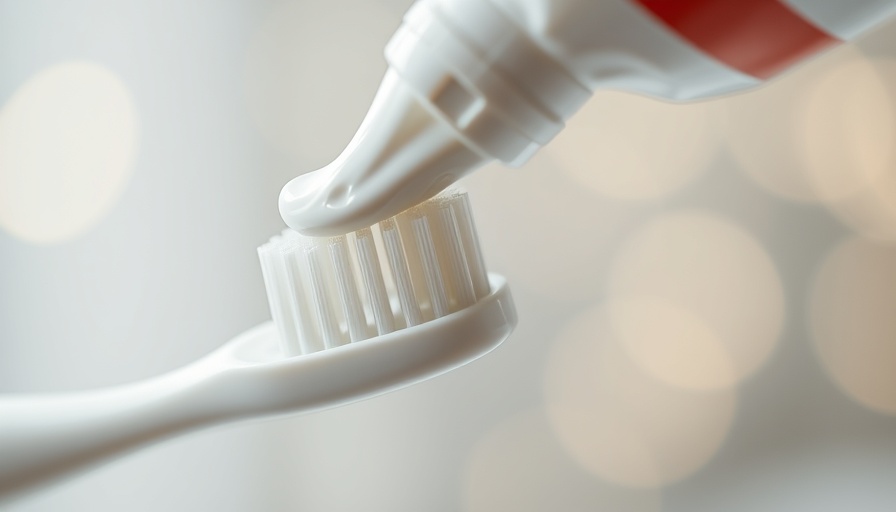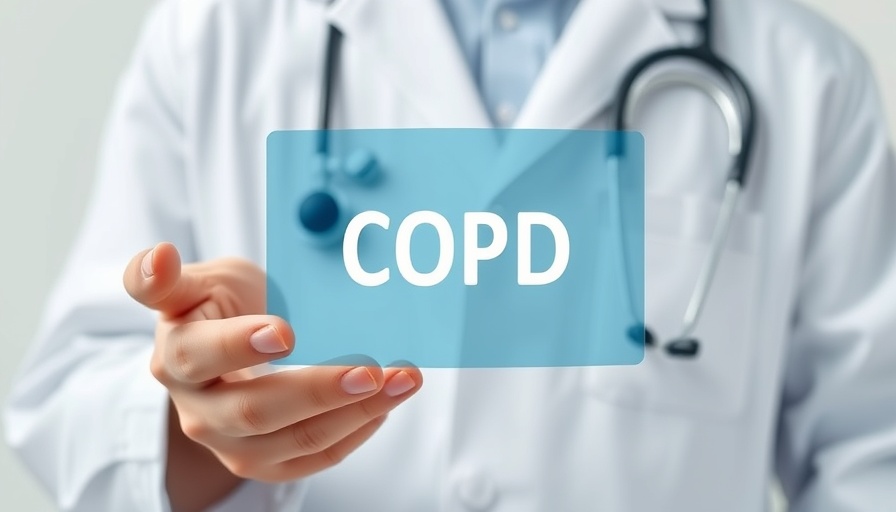
Novartis's Strategic Investment in US Infrastructure: What to Expect
Novartis, the prominent pharmaceutical giant, has announced an ambitious plan to invest $23 billion in US-based infrastructure over the next five years. This initiative aims to enhance the company’s research and development capabilities, expand manufacturing sites, and bolster its commitment to innovation in healthcare and biotechnology.
The Driving Forces Behind This Investment
This significant investment comes at a crucial time as the pharmaceutical industry faces increased pressure to innovate while balancing costs. Novartis's decision is largely influenced by the shifting landscape of healthcare demands, especially following the COVID-19 pandemic, which highlighted the need for robust healthcare systems. By directing resources into infrastructure, Novartis seeks to position itself as a leader in delivering cutting-edge treatments and solutions.
Enhancing Research and Development Effectiveness
Part of the investment will focus on enhancing research and development (R&D) facilities. This move aligns with the ongoing trend of biopharma companies expanding their R&D footprints in the US, solidifying their presence in one of the most significant markets for pharmaceuticals. Investing in R&D enhances the speed and effectiveness of developing new drugs and therapies, which is a critical factor as the race against diseases intensifies.
Creating Jobs and Economic Opportunities
Novartis's investment is expected to generate thousands of jobs, providing a boost to local economies. This aligns with broader economic goals of resilience and recovery post-pandemic. By focusing on infrastructure development, Novartis is not only investing in its future but also contributing to the stability and growth of surrounding communities.
Challenges and Opportunities in Pharmaceutical Investments
While the investment aims promising, the pharmaceutical sector is fraught with challenges, including regulatory hurdles, competition, and the necessity for continued innovation in the face of generic drug prevalence. However, by expanding its infrastructure, Novartis can better navigate these challenges and capitalize on opportunities within emerging markets.
Future Insights: The Impact of Technology on Pharma Investments
The infusion of such a large capital into infrastructure also brings up the discussion on the integration of technology in the pharmaceutical industry. Digital transformation, including AI and data analytics, is becoming a core aspect of drug development processes. Novartis's planned investment could further enhance these technological capabilities, leveraging advanced tools for better decision-making in R&D and operational efficiency.
The Path Ahead for Novartis and its Stakeholders
For stakeholders, Novartis's commitment to investing in US infrastructure signals a more permanent and strategic long-term approach to ensuring their competitive edge. This investment provides reassurance to investors regarding operational stability, pairs with the pharmaceutical industry’s growing focus on sustainability and innovation, and likely fosters greater public trust.
Overall, Novartis's plans embody an important step forward not just for the company, but for the pharmaceutical industry in embracing the future of healthcare infrastructure. As we look ahead, other pharmaceutical players may also feel encouraged to make similar investments, igniting a wave of economic growth and innovation across the sector.
 Add Row
Add Row  Add
Add 




Write A Comment